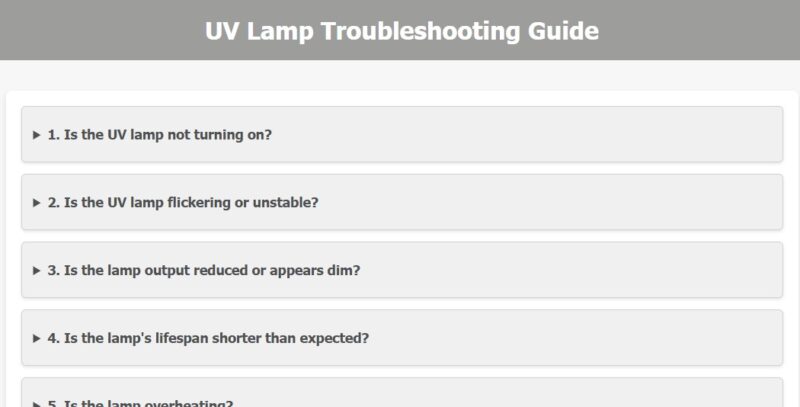Knowledge Centre
UV Lamp Troubleshooting
Bad UV Curing Results
When a UV lamp stops curing within the UV system, it’s generally down to one of just a few common occurrences. These general issues result in a decreased output of UV light intensity, primarily due to the lamp’s deterioration and the quartz body’s transparency.
UV radiation can no longer pass through the quartz wall, due to devitrification and the deteriorated electrodes are no longer capable of sparking a plasma arc. Longer wavelengths transmit through the quartz body fairly easily, but shorter wavelengths are absorbed in ageing or poorly maintained UV lamps.
For full details and information relating to potential issues with UV lamps choose from the following options:
Interactive Troubleshooting Question Tree
Click here or on the image to open a detailed question tree that walks you through common UV lamp system faults. This tool helps you isolate the issue – from poor curing performance to lamp ignition failures – and suggests potential causes and solutions at every step.
Common UV Lamp Problems – Images & Videos
Click on the dropdown menus below to see high-resolution images and short videos of actual UV lamp issues we regularly help customers solve. Each dropdown includes:
-
What the problem looks like
-
What typically causes it
-
Steps to fix it
-
Tips on how to avoid it in future
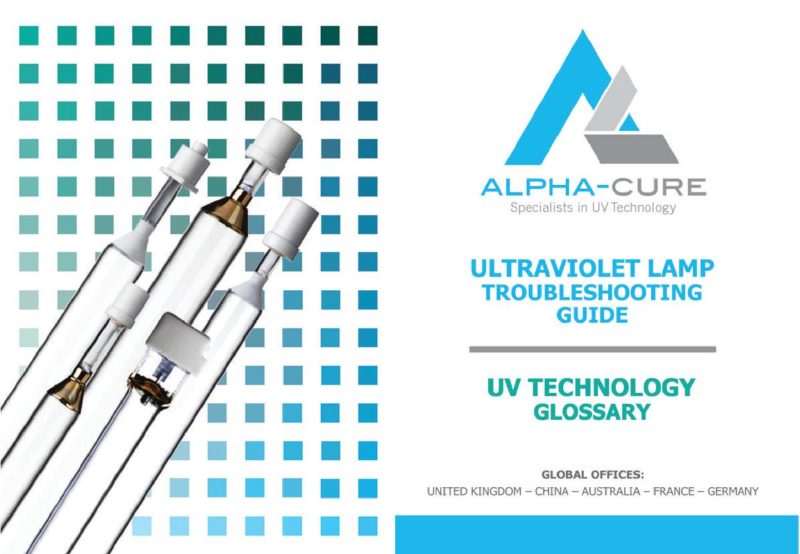
Or download the whole UV Lamp Troubleshooting & UV Glossary Guide as a pdf
-
Devitrification / Clouding
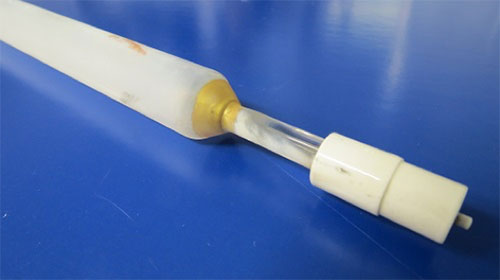
Problem
The basis of natural “devitrification” occurs when quartz converts back into a crystalline structure which acts as a very poor UV transmitter. This process occurs after surface contamination and is accelerated when the UV lamp becomes too hot. Devitrification appears as many white spots on the surface of the quartz body, which causes a reduction of quartz transparency to UV light.
Prevention
- Ensure the lamp is clean before running the lamp and operated in a dust-free environment.
- Ensure the lamp is run at correct volts and amps and that the UV system is properly cooled.
Watch Our Video
-
Mirror Coating
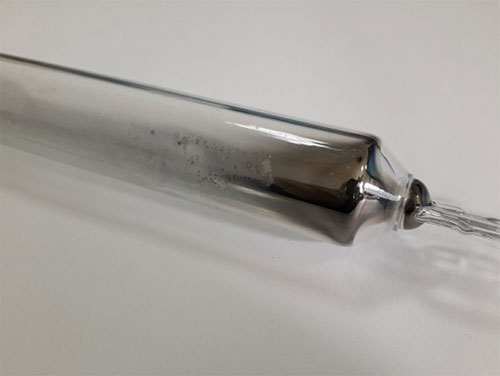
Problem
Over-cooling results in a combination of tungsten from the electrode and mercury, condensing onto the inside of the lamp ends giving it a mirror-coated effect.
Prevention
- Alpha-Cure’s UV lamp ends are coated with heat-reflective materials such as; gold, platinum, silver & white paint, to keep the lamp shoulders hot. Contrary to popular belief white paint is the best reflective coating to retain heat within the lamp.
- The system is producing too much cool air that isn’t being properly circulated evenly along the length of the lamp. Remember to keep the lamp shoulder temperature above 600 °C, (1,112°F).
- The UV lamp is not running at the correct power for prolonged periods, UV lamp operators should seek professional advice in this instance.
Watch Our Video
-
Black Ends / Electrode Erosion
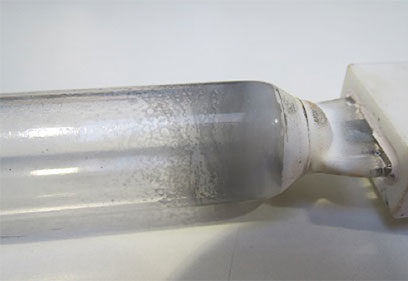
Problem
Although tungsten has a high melting point, natural “blackening” occurs during the lifetime of a UV lamp, due to very high arc temperatures operating between each electrode. During normal operation, the electrodes start to erode, and the tungsten material starts to sputter depositing on the inside of the quartz body. When the transparency of the quartz body is compromised, UV output potential is significantly reduced.
Prevention
- Alpha-Cure uses a “special material” coating on the end of the electrode to prolong the life of the electrodes.
- This process can be avoided by simply not switching the UV lamp on and off in between print runs, the biggest surge of current (increased loading) on the electrode happens at ignition. To avoid this the majority of UV system manufacturers design a standby mode, which means keeping the lamp running at 50% (and increasingly lower than this) even when not in use during the production shift, to avoid switching the lamp on and off (power cycling).
Watch Our Video
-
Bowing / Deformation
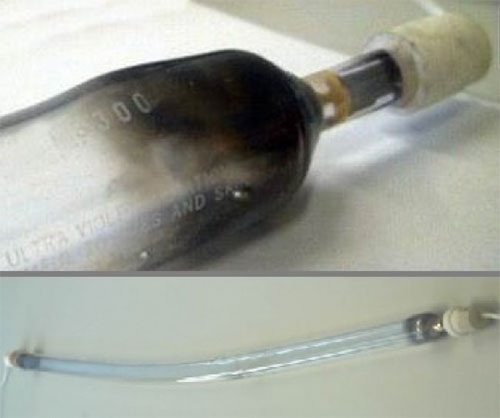
UV Lamp Deformation (top) & Bowing (bottom)
Problem
The UV Lamp has overheated due to poor air circulation within the UV System, this is more common with longer lamps due to the increased requirement for airflow across a larger surface area. Overheating of the lamp body softens the quartz which starts to sag under gravity or deforms from pressure differences.
Prevention
- Keep lamps below 850°C, (1,562°F).
- Adjust airflow and cooling around the lamp, and ensure your cooling system is fully functioning.
- If possible to do so, rotate the UV lamp by 180° once a week.
Watch Our Video
-
External Contamination
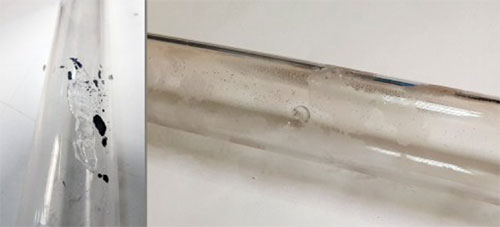
UV Lamp External Contamination Damage
Problem
External contamination of a UV lamp happens when foreign contaminants such as fingerprints or spray from powders, paper dust and ink, stick onto the outside surface of the quartz body. Sometimes contamination even occurs where the system reflector itself has come into direct contact with the lamp. These contaminants cause devitrification (recrystallization) on the quartz body, as such UV radiation is no longer able to pass through.
Prevention
- Clean UV lamps frequently using isopropanol wipes.
- Always wear gloves when handling lamps and exert caution whilst cleaning and changing them.
- Ensure lamps are placed with sufficient clearance away from the lamp housing, avoiding contact with system reflectors and shutters.
Watch Our Video
-
Cap and Seal Damage
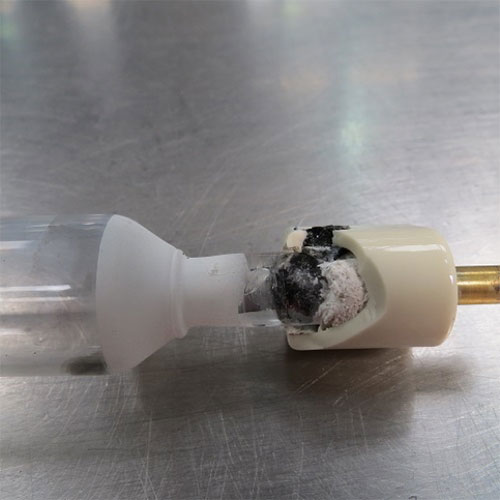
Problem
If a UV lamp is exposed to a current overload or excessively high temperatures, the electrical connection can break down. Overcurrent situations are generally due to power supply faults, not a fault in the lamp design itself. The electrical connections at the end of each UV lamp are designed to withstand temperatures of no more than 250°C, (482°F). This problem causes electrical arcing between the lamp and the lamp holder, which can result in a hole being burnt through the cap, destroy the lamp and potentially even damage the UV system.
Prevention
- Ensure the right UV lamp is chosen for your power supply and that the power supply is operating correctly.
- Keep ceramic cap and seal below 250°C, (482°F).
- Ensure the lamp is correctly placed within the lamp head.
- Inspect caps for damage before placing them into the system.
-
Contaminated Airflow
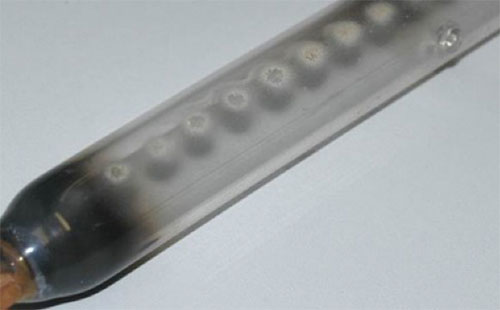
UV Lamp Contaminated Airflow
Problem
In compressed air cooling systems, airflow contamination can occur, which causes spot devitrification. This is donated by the alignment of the cooling holes within the UV system reflector.
Prevention
- Ensure compressed air is suitably clean and dry.
-
Spiralling
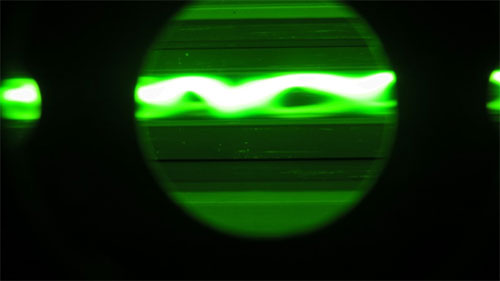
UV Lamp Spiralling
Problem
Spiralling is when the plasma arc is no longer wall stabilised. The plasma arc spirals out of control, repeatedly hitting the inside surface of the lamp body, softening the quartz. The risk of spiralling is higher when:
- Running a lamp on a constant wattage transformer (with secondary series capacitors).
- More prevalent on lamps over 1-metre in length.
- The UV lamp in the system is not standard mercury but a doped lamp (gallium or iron).
- The lamp operates at a higher voltage.
-
Leaking
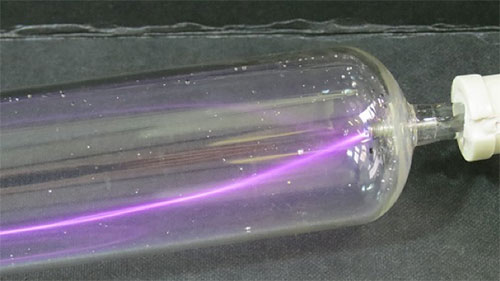
UV Lamp Leaking
Problem
In the unlikely event that the UV lamp doesn’t strike out of the box, the cause may be due to leaking – which means air is entering the lamp envelope. The only way to confirm this technical issue is by using a high-frequency lamp tester. A constricted purple or blue arc as shown above, or no discharge at all, indicates there may be a small leak in the seal, which is unlikely to be visible to the naked eye.
Prevention
- Unfortunately, there is no prevention to this problem. Pack the lamp and return it to the manufacturer.
-
Dirty / Distorted UV Reflectors
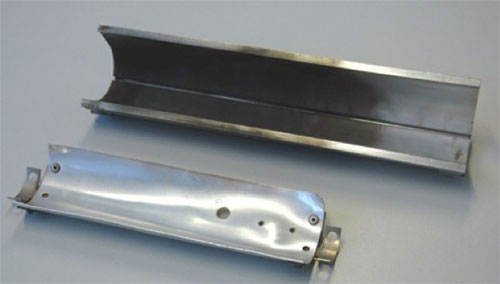
Dirty UV Reflector
Problem
There are many different types of reflectors installed in various UV systems, from plain aluminium to extrusions, fabrications and dichroic coatings. Around 60% of UV radiation that hits the substrate is actually reflected UV, loss of radiation causes significant loss of UV curing results. As such it is imperative that system reflectors are maintained and cleaned regularly. Poorly focused/distorted reflectors are also a very common reason for UV systems failing to cure.
Prevention
- In most circumstances cleaning your system reflectors regularly with alcohol/isopropanol wipes will ensure good UV reflection.
- If 100% certain your UV reflector is not coated, or polish finished such as dichroic reflectors, you can use an abrasive rubber block to gently remove the dirt.
- If UV reflectors are beyond cleaning or misshapen they must be replaced immediately. Contact Alpha-Cure for a quote on your replacement UV reflectors.
-
UV Light Below Full Intensity

Problem
If UV light falls below full intensity, the UV lamp will not reach the necessary levels required for the curing of inks, adhesives and varnishes. Similarly, other processes such as the disinfection of air and water or surface treatment may be impacted by low UV intensity.
Prevention
- Many of the UV lamp troubleshooting issues mentioned above will cause UV light intensity to fall below full intensity.
- To ascertain if the UV lamp is not producing full intensity UV light, perform a simple test with UV test strips.
-
UV Lamp Tripping Out
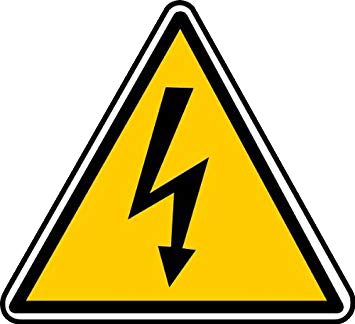
Problem
Lamps operate at high voltages, if they are too close to any metal work or humidity is high, an earth fault can occur, as the arc jumps to ground. Most control systems will instantly trip out.
Prevention
- Ensure the lamp is correctly positioned.
- Check UV reflectors are not distorted / too close to the lamp body.
-
Inks / Coatings / Adhesives – Poorly Formulated
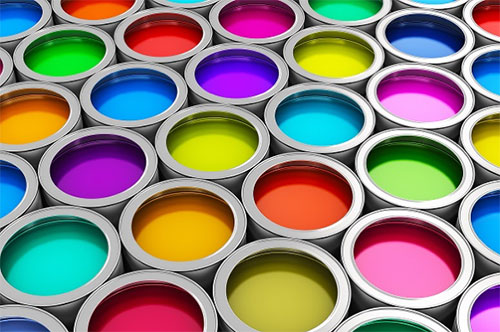
Problem
Ultraviolet curable inks, coatings and adhesives when not properly mixed can lead to unequally distributed photo-initiators, which can negatively affect the curing results.
Prevention
- Ensure all UV inks, coatings, and adhesives are mixed thoroughly before application so that the photo-initiator is uniformly dispersed.
-
How to Enhance Lifetime of a UV Lamp
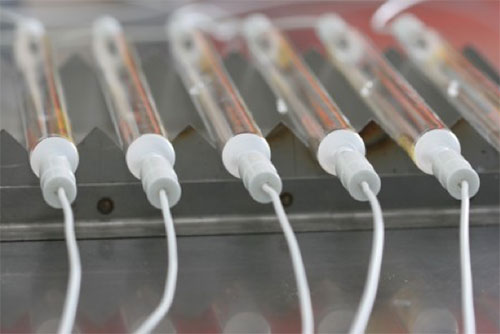
Enhancing UV Lamp Lifetime
Problem
Natural degradation of UV output occurs during the lifetime of a lamp. There is no significant natural loss however of UV output/degradation under 1,000 operating hours. Apart from ensuring a UV lamp is purchased from a top-quality manufacturer, the lifetime of a lamp is very much dependent on the environment in which it is running.
Prevention
- A consistent maintenance programme and the right operating environment can dramatically increase the lifetime of UV lamps. Under ideal operating conditions, customers have reported gaining an additional 4,000 — 6,000 operating hours by simply following a rigorous lamp and UV system maintenance programme.
- Lamps should be replaced after 1,000-1,500 hours depending on the application and industry. Some industries such as cosmetics and pharmaceuticals religiously change lamps every 1,000 hours, as they cannot risk the loss of UV intensity. To measure the loss of UV intensity, use UV sensitive labels, test strips, or in more detail using instruments such as UV power maps.

